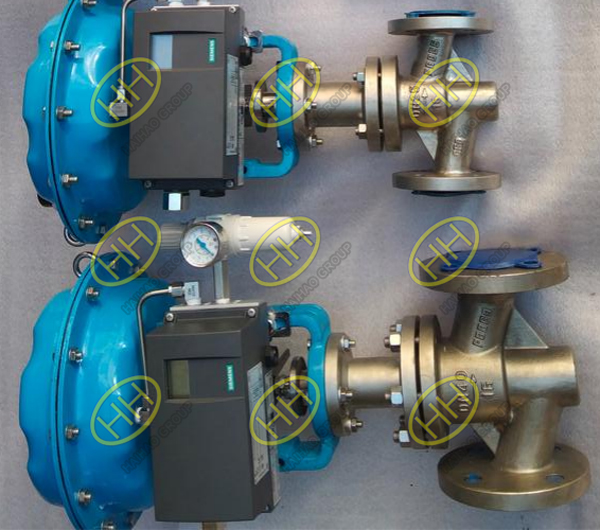Common Faults and Influencing Factors of Control Valves
Control valves are essential components in industrial process control, but they are prone to various issues that can impact performance and efficiency. Below are some common faults and their causes.
1.Valve Jamming and Blockage
Jamming often occurs in newly commissioned systems or after major maintenance due to welding residues, metal debris, or other impurities accumulating at the throttling or guiding parts. This can lead to poor fluid flow, increased friction, and operational failures such as non-response to small signals or excessive movement with large signals.
2.Valve Leakage
Leakage can occur in several forms:
Internal Leakage: Caused by improper valve stem length, preventing full contact between the valve plug and seat.
Packing Leakage: Packing material undergoes deformation under axial pressure, leading to uneven contact and leakage under high-temperature and high-pressure conditions.
Deformation Leakage: Erosion and impact over time can deform the valve plug and seat, causing mismatches and incomplete sealing.
3.Valve Oscillation
Oscillation can result from insufficient spring stiffness, unstable control signals, resonance with system frequency, or severe vibrations in the pipeline and base. Inappropriate valve selection, particularly for small opening operation, can lead to significant flow resistance, velocity, and pressure changes, reducing valve stability and causing oscillations.
4.Valve Failure to Act
A control valve may fail to operate due to:
No signal or air supply, caused by compressor failure, blocked pipelines, or faulty pressure regulators.
Air supply present but no signal, due to leaking bellows in the positioner or converter malfunctions.
No air supply in the positioner, caused by blocked filters or pressure regulators.
Positioner has air supply but no output, often due to clogged throttle holes.
Signal present but no action, caused by a detached valve plug or bent/broken valve stem.
5.Unstable Valve Operation
Unstable operation can result from:
Insufficient compressor capacity, leading to unstable air supply pressure.
Control system instability, due to improper time constant settings.
Excessive friction on the valve stem, causing intermittent sticking.
Contaminated amplifier ball valve in the positioner, increasing air consumption and causing oscillations.
6.Slow Valve Response
Delayed response can be caused by:
Damaged pneumatic diaphragm, making valve stem movement sluggish.
Weak positioner responsiveness, leading to slow control adjustments.
Rust or debris inside the valve, obstructing smooth movement.
Poor packing quality or excessive tightness, increasing friction resistance.
Understanding these common faults helps in diagnosing and preventing control valve issues, ensuring stable and efficient system operation. Regular maintenance, proper selection, and quality control are essential in minimizing failures and enhancing performance.Email:sales@haihaogroup.com
Related Article:
Knowing these tips to extend the life of your control valve by two years
Troubleshooting Common Control Valve Issues

